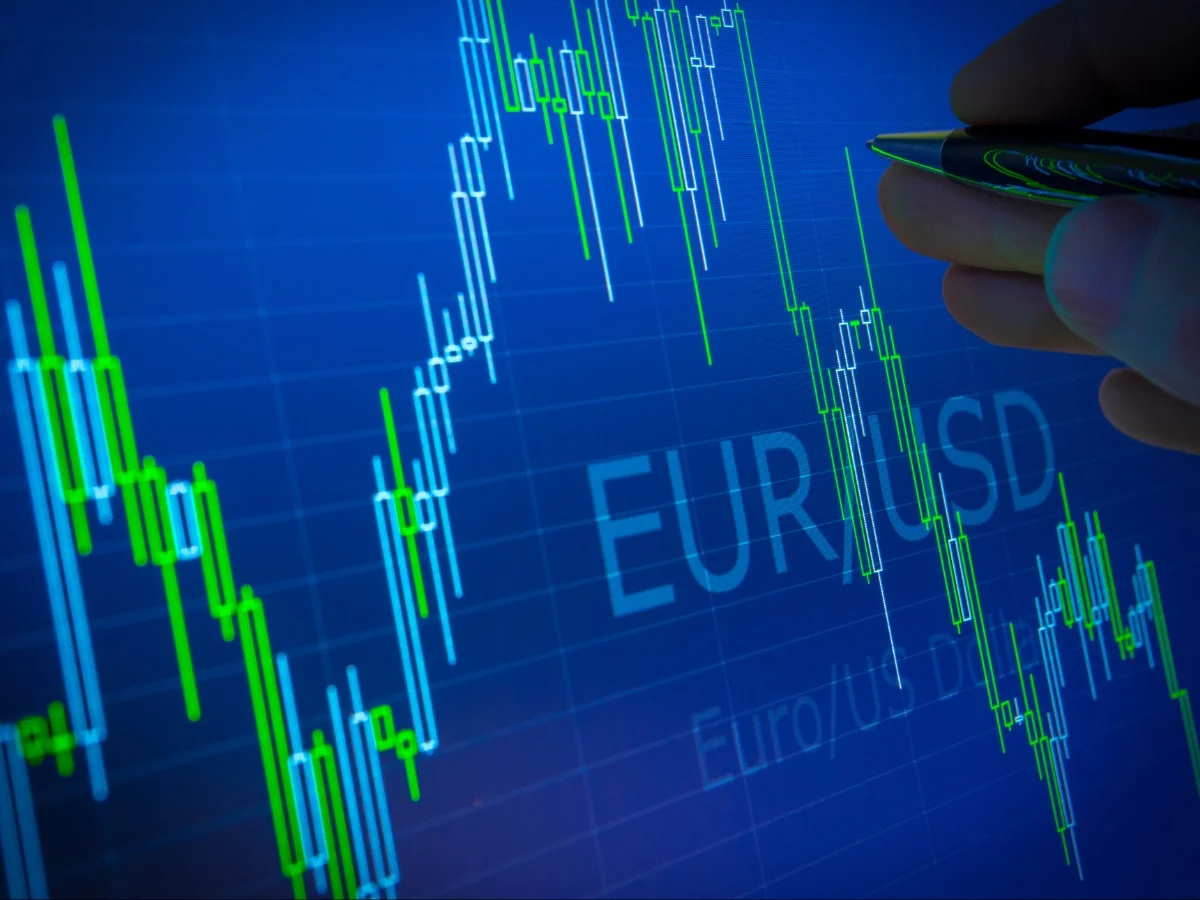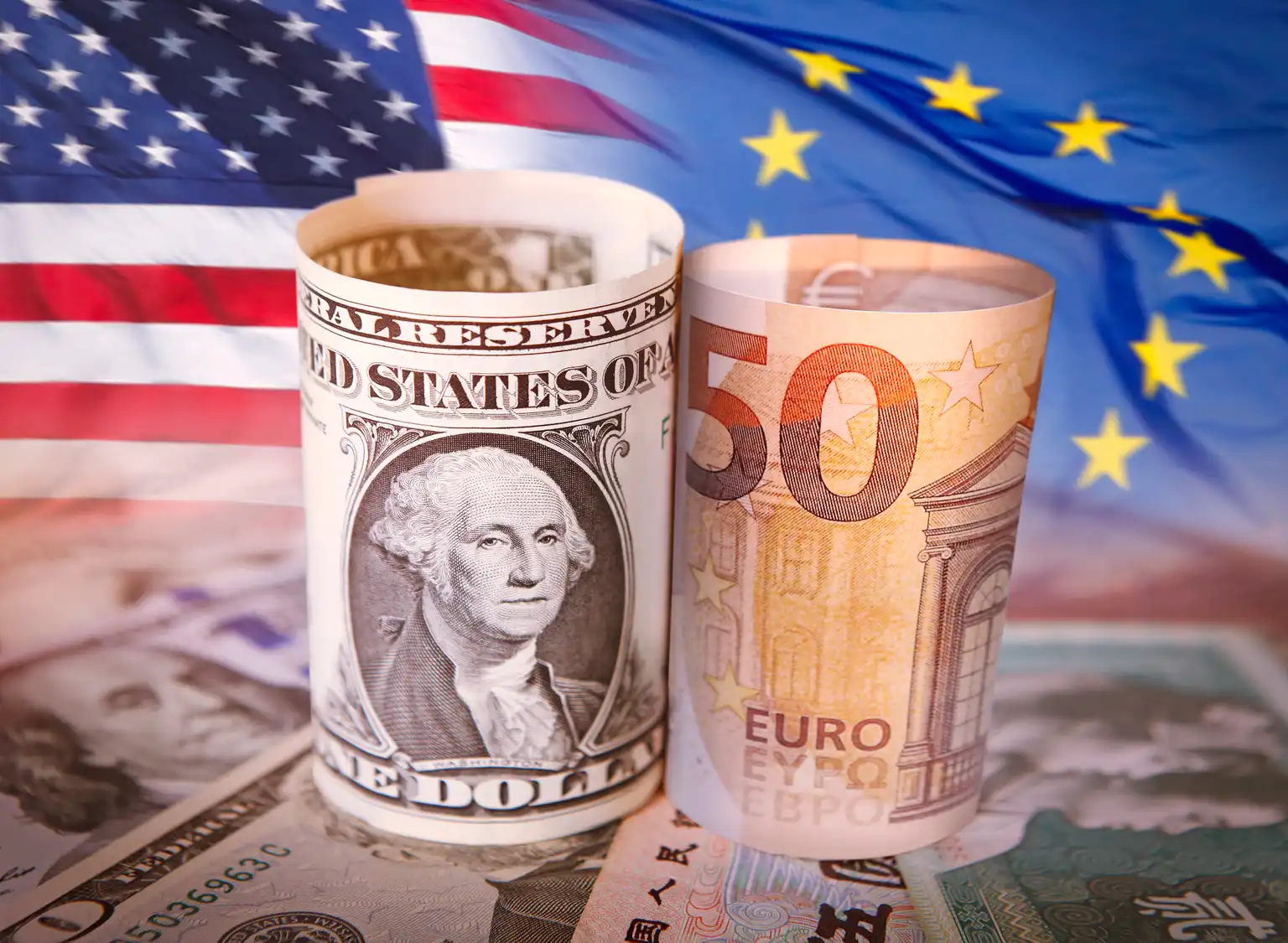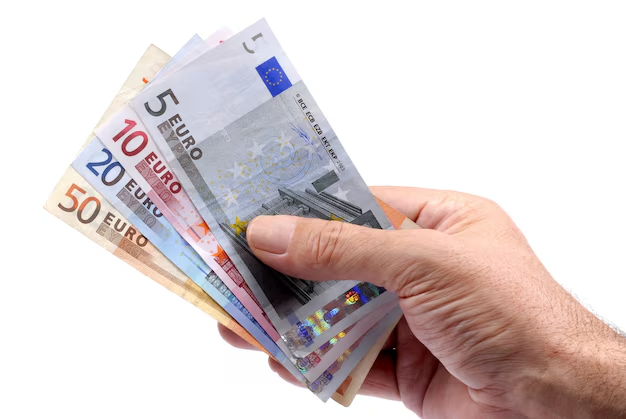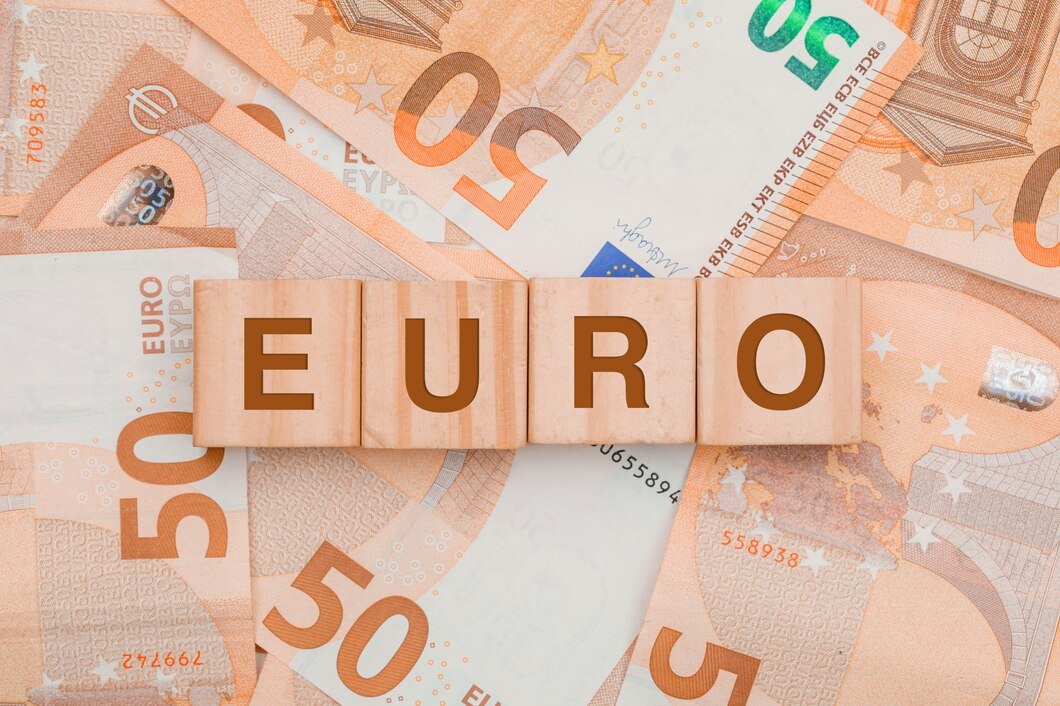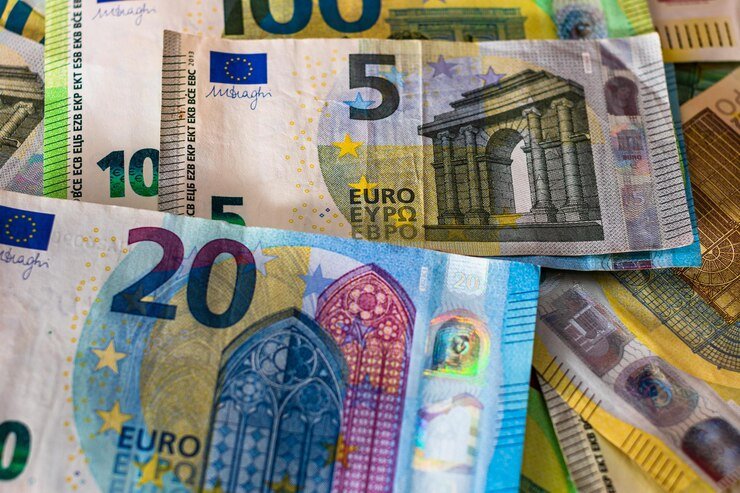EUR/USD Falls as ECB Reduces Rates in Face of Global Trade News and Market Volatility
The EUR/USD currency pair experienced fresh selling pressure, declining back to 1.1340 following the European Central Bank (ECB) decision to make a widely expected 25 basis point cut in rates — its sixth successive reduction — as part of its ongoing campaign to nudge inflation back towards the 2% goal in the face of a weakening Eurozone economy. The ECB’s move, along with its deletion of previous language indicating interest rates are still restrictive, hints at a possible end to the easing cycle. In the meantime, optimism about U.S.-Japan trade talks gave the U.S. Dollar a boost, while doubts over U.S.-China trade ties and Federal Reserve Chairman Jerome Powell’s dovish economic outlook kept global markets on edge. In spite of the near-term retreat, EUR/USD still has a bullish technical setup, with the next significant resistance seen at 1.1500. KEY LOOKOUTS • The European Central Bank cut its key lending rates by 25 basis points but importantly avoided saying that rates will continue to be “restrictive” — suggesting that it might be ready to end its easing cycle as inflation trends improve. • Encouraging developments in trade talks between Japan and the U.S., which were highlighted by President Trump, relieved the U.S. Dollar and dampened EUR/USD recovery efforts. • Investors are looking forward to ECB President Christine Lagarde’s comments for greater insights into the central bank’s future policy direction, particularly how the continued global trade tensions affect it. • As EUR/USD dipped below 1.1340, technical metrics such as the 14-day RSI holding above 70 and more sloping EMAs indicate the pair’s wider bullish trend is intact. The EUR/USD pair fell under renewed selling pressure, moving towards 1.1340 after the European Central Bank (ECB) declared a widely anticipated 25 basis point rate cut, its sixth in a row since the beginning of its easing cycle. The ECB’s decision reflects its ongoing efforts to tame inflation and support a slowing Eurozone economy, though the omission of any reference to rates remaining “restrictive” suggests policymakers may be eyeing a temporary pause. Meanwhile, the U.S. Dollar regained strength on the back of positive progress in U.S.-Japan trade negotiations, offering some relief to global markets amid persistent uncertainty over U.S.-China trade relations. Even with the ongoing correction, the EUR/USD pair still has a generally bullish outlook, with investors waiting anxiously for further guidance from ECB President Christine Lagarde’s next comments. EUR/USD continued to decline towards 1.1340 after the ECB trimmed interest rates by 25 basis points, as anticipated, indicating a possible end to its easing cycle. The U.S. Dollar strengthened amid positive U.S.-Japan trade news, further putting pressure on the pair. Investors now look to ECB President Lagarde’s remarks for new policy guidance. • The European Central Bank cut its main borrowing costs as expected, its sixth consecutive reduction in response to softening Eurozone growth and cooling inflation. • The EUR/USD currency pair fell towards 1.1340 following the rate decision, with strong selling pressure during early North American trading hours. • For the first time in months, the ECB left out the word indicating interest rates are “restrictive,” which may indicate a possible halt to its rate-cutting cycle. • Encouraging news from U.S.-Japan trade negotiations, led by President Trump’s announcement of “big progress,” brought relief to the U.S. Dollar. • Markets are looking to ECB President Christine Lagarde’s comments for insight into future policy direction, particularly in the context of global trade uncertainty. • In spite of the recent decline, the EUR/USD currency pair maintains a bullish setup with the support of higher sloping EMAs and the RSI remaining above the 70 level. • Continued uncertainty regarding U.S.-China trade tensions continues to overshadow market sentiment, keeping traders defensive in the short term. The European Central Bank (ECB) announced yet another 25 basis point cut in interest rates, its sixth consecutive rate reduction since initiating its monetary easing cycle in June. The move is an extension of the ECB’s continued bid to stabilize the Eurozone economy as inflation makes slow progress towards its 2% target. Notably, the central bank did not reproduce its standard line that interest rates would continue to be “restrictive,” implying policymakers may be weighing a pause in additional reductions. The ECB reiterated that future policy will be “data-dependent” and influenced by the current global economic situation, specifically the uncertainty of international trade patterns. EUR/USD DAILY PRICE CHART CHART SOURCE: TradingView Meanwhile, international market focus has turned to developments in negotiations of trade talks between the United States and Japan. Favorable comments from both parties indicate better ties, providing a breath of relief for international markets that have been under pressure from tariff tensions. As the U.S.-Japan talks are progressing, however, general anxiety over the U.S.-China trade war remains, causing businesses and investors to remain guarded. As policymakers around the world adjust to these rapidly changing circumstances, market players are monitoring closely for any indication of how governments and central banks will act to protect economic stability. TECHNICAL ANALYSIS EUR/USD currency pair is undergoing a good correction after unable to maintain its momentum above the 1.1400 mark. Even after the correction, the overall trend is bullish since the price continues to trade above the major short-to-long-term Exponential Moving Averages (EMAs), indicating underlying strength. Furthermore, the 14-day Relative Strength Index (RSI) continues to remain above the 70 level, indicating that bullish momentum remains in place, though marginally overheated in the near term. Traders are currently monitoring the psychological resistance level of 1.1500, which is still a critical upside target, while the April 11 low around 1.1190 acts as a robust support level, likely to be bought if the correction worsens. FORECAST EUR/USD continues to be bullish provided the pair remains above critical technical support levels. The steepening slope of the Exponential Moving Averages (EMAs) and the Relative Strength Index (RSI) remaining above the 70 level indicate solid underlying buying demand. If the pair picks up momentum, the first target would be the psychological resistance at 1.1400, and a clear break above this level could



